In the medieval period it was common to take pilgrimages to the holy land from mainland Europe. The trip was an opportunity to face one’s fears and learn to know the deepest parts of self. The trip was long and dangerous. The terrain and culture were different from anything that pilgrims had seen back home. Along the way the pilgrims prayed, fasted and sought inner peace to prepare to be close to God. The pilgrimage to the holy land was a metaphor for Jesus’s life and journey much like the stations of the cross.
Read Part 2 Here https://gettherapybirmingham.com/mysticism-spirituality-and-therapy-part-2/
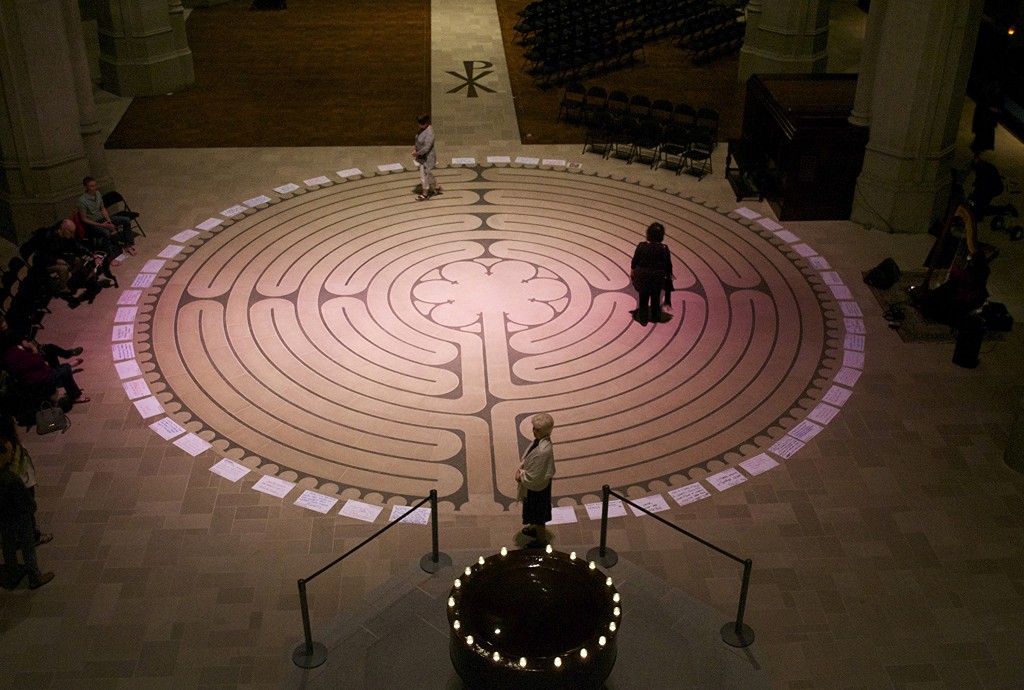
The labyrinth in the christian church is used as a mystical symbol for self discovery
Peasants and minor nobles could not afford such a trip. Instead they would take a symbolic pilgrimage where they would contemplate the self. The path they would walk was called a labyrinth. On a single glance the labyrinth looks like a maze that one might get lost in. The path has many twists and turns. Upon closer examination it becomes clear that the labyrinth is a single path. If one continues walking then one will come inexorably to the center.
The Labyrinth is one example of a mystical practice. As we are walking the labyrinth we do not need our rational or conscious mind to help us make decisions. We only need to keep walking towards the center. The repetitive actions without the need for executive functions help wind down the ego. Walking the labyrinth is a meditation practice in that it helps us tune in to a different state of mind. The labyrinth is a tool to concentrate on some part of ourselves beneath the ego driven conscious mind. The labyrinth is not about going somewhere in the world. Instead it is about going somewhere inside our mind, heart and perhaps soul.
Mysticism is a philosophical tradition that the search for ultimate knowledge of divinity and truth requires that we discover a deep knowledge of ourselves. The idea that the search to know the self is also the search to know God is a threatening ideology to many people at first glance, however few mystics believe that the self is God.
Mysticism does not have to mean that the self is God. Rather Mysticism is often used as a metaphor by mystics for how our ability to understand ultimate reality is limited by our ability to understand ourselves. Through this lens, it is our own trauma, fear and undeveloped self that limit our ability to understand truth. Through healing and accepting the self we are able to accept the world as it is and see accept our higher purpose.
What is mysticism and what does it have to do with therapy?
To some people mystic means someone who is overly abstract or obscures information but this is a secondary definition. Mysticism is the belief that self and spirituality are not found through world accomplishment or possessions. The mystic finds spirituality in the journey inward into the deepest parts of the self. Mysticism is belief that truth, divinity and/or, the true self is found by learning to connect with the deepest parts of our self.
In this tradition the ego is the enemy. The ego is our rigid self image, or idea of what we think we are as well as the thoughts and language that our ego identifies with. The goal of the mystic is not to identify with the ego and the thoughts and language that come from the ego. For the mystic the self is not the ego, but the larger unconscious mind beyond the ego.
The goal of the mystic is to dissolve the conscious mind and let go of language based cognition. Throughout life trauma, anxiety and negative coping mechanisms pile up and obscure our view of who we are and what we really want. Obsession and anxiety turn our focus to regrets about the past and fear of the future. When we dissolve the ego we are able to contact the self as it existed before it was obscured and as it exists in the present moment. Mystical techniques dissolve the protective parts like addiction, anger and stagnation that protect the ego from change.
Does mysticism have to be religious?
While we often think of hierarchies and doctrines when we think of organized religion, there is a mystic tradition in every major world religion. Mystics in the religious traditions see the goal of ego dissolution as a oneness with the divine.
Christian mystics include Meister Eckhart, Simone Weil, and Julian of Norwich. Islam has Rumi and the Suffi tradition. Judaism has Martin Buber and the Qabbalah. Hinduism and taoism have mysticism baked into their core teachings. The list of mystic poets and artists is also long. Rainer Maria Rilke, and Hilma af Klint are some of the most well known.
Mysticism does not have to be religious. There are non deistic and atheistic mystical traditions too. Theravada Buddhism posits that the ego self is a delusion and seeks to disband the ego entirely. Yoga practices teach participants to drop into “body mind” through physical movement and somatic awareness.
One theme in most mystical writing is the discovery of the authentic self and a resulting deep compassion for others. Mystics emphasize that dissolving the ego results in a deep sense of love and profound sense of connection. Another theme in mystical traditions is the simultaneous paradoxical feelings of connection and otherness when ego is dissolved. Many mystics write about feeling separate from the world yet simultaneously at one with all things. The experience of ego dissolution is often hard to describe and does not fit neatly into our conscious or the language oriented mind.
So what does any of this have to do with therapy?
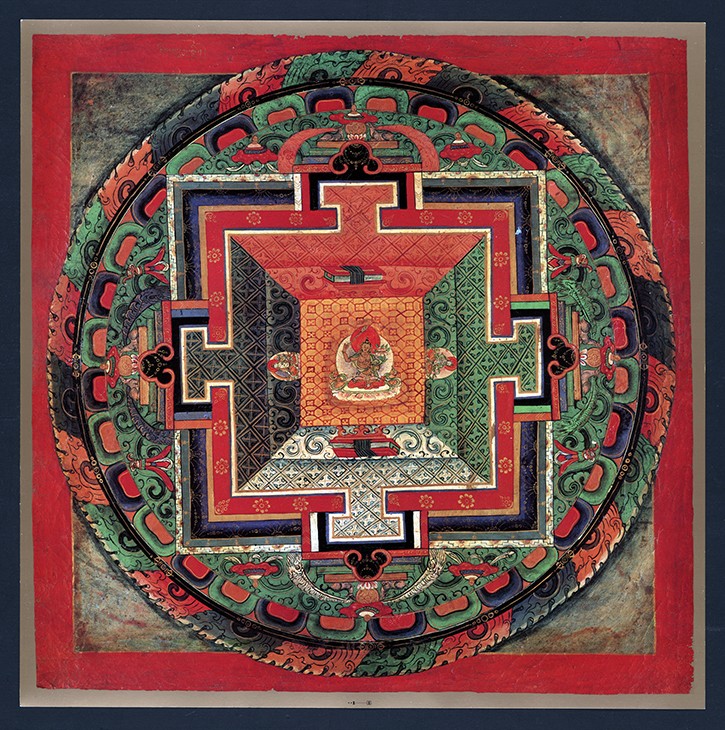
I don’t chant or do yoga with my patients. I rarely do hypnosis or guided meditation. I don’t use psychedelic assisted therapy. But yet, I use techniques from the mystics with patients all of the time. In fact, I believe that having a mystical experience is often the crucial point in therapy when patients change and get better. I remember hearing multiple lectures from the 1970’s where therapists would say something like “the place where real change takes place is when the patient enters a place between waking and sleep”. At the time I thought what the hell does that mean?
After experiencing many of these moments with patients, and as a patient I now understand what these therapists meant. Change happens in therapy when patients experience deep emotional releases that challenge our self image and our world view. Put succinctly, we only really change our life when the ego is turned off. It takes reprogramming the subcortical part of the brain, responsible for our emotional reactions and body awareness, to change the way we behave. Cognitive only therapy tries to tighten the ego’s control over the system to beat our unconscious into submission. The effect this has is limiting and temporary. Real change occurs not by changing the way we think but changing the way we feel.
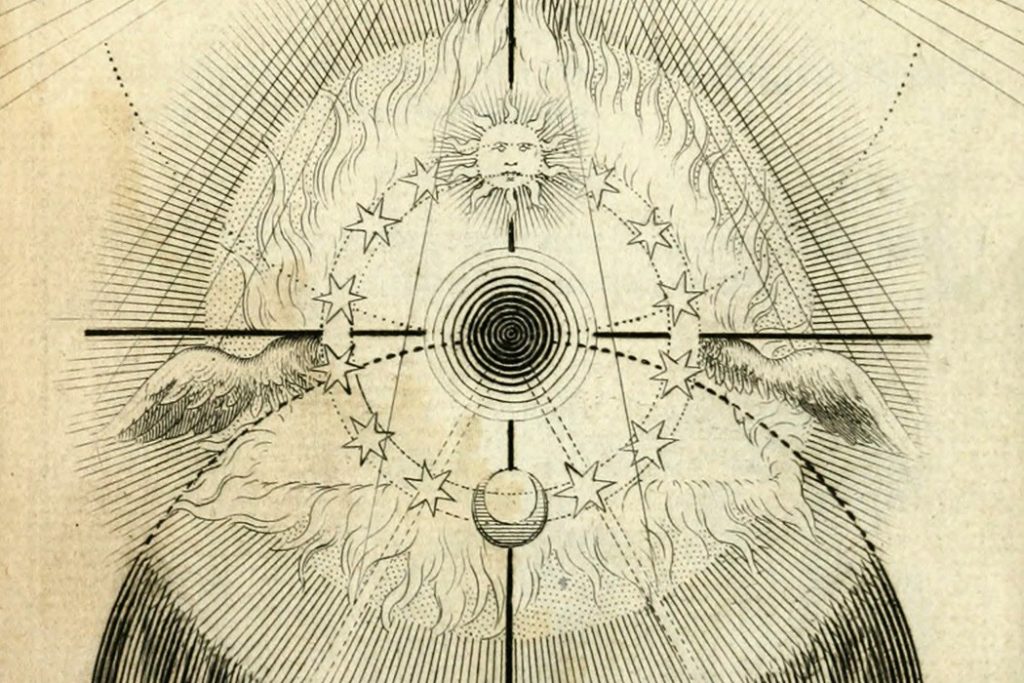
Is there a mystical therapy?
YES! I find both depth psychology, somatic therapies, and brain based medicine, like brainspotting; to be incredibly effective at healing trauma and helping patients change behavior. Taproot Therapy Collective uses approaches rooted in depth psychology and brain based medicine to heal trauma. Both approaches stimulate the subcortical brain. Both approaches help patient’s turn off the ego and confront the true self. Neither of these approaches are cognitive or ego based therapies. As a patient I found that brainspotting was one of the most mystical experiences of my life. It allowed me to grow and heal more than all previous psychotherapy models. You can read about my experience here.
Is mysticism part of psychology?
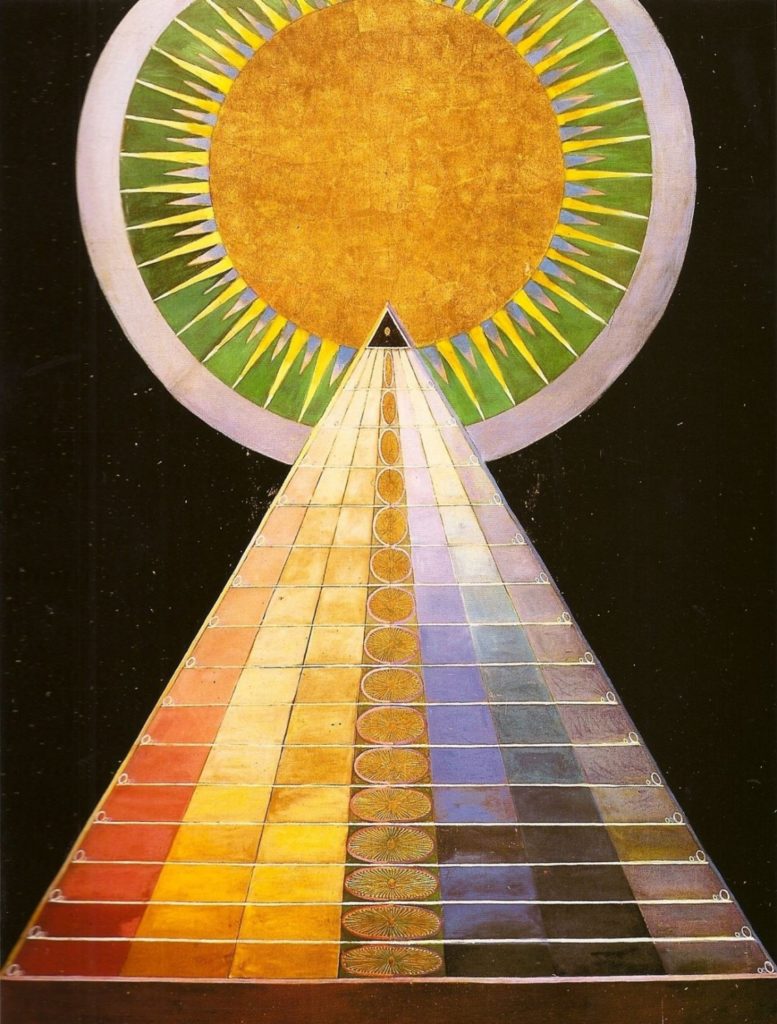
Jungian, or depth psychology, is the branch of psychology concerned with the ego-less, unconscious mind. Much of what Carl Jung, it’s founder, studied were the psychological implications of the mystic traditions. Jung looked to religion as the framework to create a new psychology. While this led many “serious”minded academics to label him as new age mumbo jumbo, it also let him create one of the most influential approaches to psychotherapy.
Many modern trauma therapies have their roots in the Jungian tradition. Somatic therapy, IFS therapy, gestalt therapy and the life coaching model all have their foundation in Carl Jung’s psychology. Jungian psychotherapy sought to teach patients to recognize and understand the parts of the unconscious. This helps the patient accept and integrate parts of themselvs that they hate, fear and judge. Jungian psychology helps bring these repressed parts of self into conscious awareness.
Chief among the parts of the unconscious that Jung identified was the shadow or the parts of the unconscious that most threatened the ego. The shadow is all the parts of self that are “not allowed” or “not accepted” in the conscious mind. Consequently the shadow is what causes most of the symptoms that make patients present to psychotherapy. Because the ego seeks to repress the shadow the ego can not control the shadow when it emerges from beneath the placid surface of consciousness.
Many things about the self we fight to accept and actively repress. There are things we don’t want to know about ourselves. Effective therapy uses the unconscious mind and the shadow to help us accept and integrate parts of ourselves that we are uncomfortable with. The shadow can contain the traumatic events in our life and hide their effect on us. Teaching patients to both recognize the shadow and accept it as a part of themselves is key to jungian psychology and the models that it influenced.
Depth psychology works because it teaches the patient to recognize and own the parts of self that “do not feel like me” but “are still me”. Until these parts are brought into consciousness we cannot heal trauma. Carl Jung outlined his incredibly complex, complete and yet intuitive psychology a century before Gabor Mate, Peter Levine, Pat Ogden, Bessel van der Kolk, or David Grand began the brain based medicine movement.
These modern scientists use scientific language for teaching patients to regulate the subcortical brain. They relied on medical and scientific advancement to understand what was happening in the deep brain when we heal trauma. Carl Jung’s psychology described the same process but used metaphor and symbol. Jung was able to deduce the functioning of the subcortical brain and process of healing trauma from intuition and not scientific innovations.

When the ego is turned off we experience the subcorticle brain directly.
What do we feel when the ego is dissolved?
What is ego death?
This is a complicated question because what we feel is the self, and the author of this article is not you. What I feel is likely different from what you would feel… or is it? Many mystical traditions have the belief that we all return to the same source and feel the same thing when we surrender our ego. What is the case? I am a psychotherapist not a priest. In short I don’t know.
In the Jungian language we feel the parts of self that we least understand, most repress and construct ego defenses to avoid. In academic language we feel the limbic dysregulation caused by trauma and the way we hold emotion in our bodies.
Put simply, experiencing the feelings in the deep brain is a physical and emotional exercise not an intellectual one. Feeling trapped, feeling out of control, guilty, or victimized. We learn that we cannot revisit this emotional space because we cannot survive it. Our ego becomes a protective tool to avoid these emotional spaces. “That’s just who I am” our ego tells our self or “That’s just what I do”.
What you feel when the ego is dissolved is all the parts of yourself that you cannot own yet. It is overwhelming but ultimately rewarding. We have to go through the labyrinth of the places that scare us to get to strengths in our personality that ultimately change our lives. The ego wants to believe that it is all of us, but it is not. There are always depths to our personality that we have not accepted yet. Discovering the self is a lifelong process.
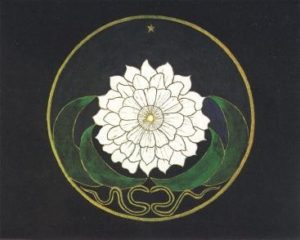
Jung used artwork to map the psyche
Where does the unconscious come from?
What is it that we experience when we experience these layers of consciousness? Jung called it the “collective unconscious” believing that all beings shared a “collective” experience at the bottom layers of awareness. It is still up for debate if Jung thought that a deity or a process of evolution was the reason for this experience. Secular mystics see the unconscious as a place where we can learn our purpose as individuals, foster empathy, and achieve emotional clarity. Spiritual mystics often explain the unconscious as a union with divinity or “godhead”.
What you feel when the ego is dissolved is the heart of the mystical experience. What it is, is hard for the author to write about because it is not easy to fit the contents of the subcortical brain into language. In my own limited experience it was a feeling of being out of control, not knowing, and deep inferiority that had lay hidden under my life. I had been running from a feeling, unconsciously. Until I faced it I did not know how to be the person that I wanted to be.
Again, I am a psychotherapist and not a priest or a scientist. The thing that one feels in the unconscious are experiences and not objective data points. Consciousness is like a root that begins in the ego and the prefrontal cortex. When we leave the the prefrontal cortex we loose language and “thought based” cognition. The root runs through the midbrain engaging our movement and fight or flight system. The root continues down the basal ganglia and into the nervous system of the brainstem and spine.
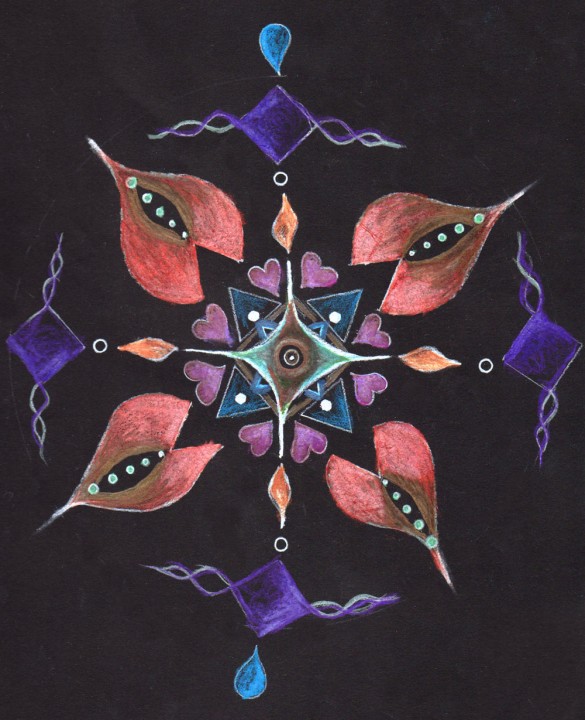
Art therapy can help you tap into the subcorticle brain and mystical space
What is in the unconscious mind?
Again your theoretical orientation might answer a lot of this question for you. For me as a therapist and as a patient I divide the experience up into a couple “layers” of what people usually feel.
Layer 1:
These are all the things I avoid knowing about myself. Maybe I have an anger management issue, an eating disorder, a major avoidance issue or an addiction. The way my ego frames it is that “ I deserve it” or “I have a hard job so I’m allowed too”. In actuality, my unconscious knows that I can’t deal with an emotion that I have formed a ego protective part to shut down the emotion for me.
Layer 2:
This layer is all of the childhood, or adult trauma that dysregulated the subcortical brain. Is the deeply baked in emotional assumptions that I might know intellectually are wrong but default to on an emotional level. Sometimes there are triggers for trauma and PTSD in our flight or flight system that we cannot regulate control with our intellect.
Layer 3:
Many patients get to a layer of the unconscious that feels familiar but does not feel “like them”. Often it feels like a strong emotion that we recognize but do not identify with. Many patients that have recorded birth trauma recognize feelings of abandonment and profound separation during brainspotting.
One therapist I spoke with had never understood her fear of the color white. After Brainspotting she had vivid memories of the color white being the only thing she saw when being treated in a vapor tent as an infant. Intellectually she had no memory of the color white being a trigger. her infant brain remembered the white tent and associated it with the stressful experience that interrupted her attachment.
Layer 4:
At the bottom layer of consciousness mystics describe a profound sense of empathy and connection to all things. Patients often report feeling like they “saw themselves from the outside” or “have a different perspective on who they are”. Mystics describe this state as a separation from the ego and a feeling of understanding and accepting the self. In this liminal state mystics report feeling connected to the source of being.
Where do these feelings come from and where do they lead? Again, I am a psychotherapist not a philosopher or a priest. I can’ tell you where the experiences at the base of consciousness come from. I can only tell you what they are most commonly reported to be by mystics and psychotherapy patients. Whether you choose to interpret the experience as a neuroscience or spirituality is up to you.
Read Part 2 Here https://gettherapybirmingham.com/mysticism-spirituality-and-therapy-part-2/
Bibliography:
Jung, Carl G. Man and His Symbols. Anchor Press, 1964.
Edinger, Edward F. The Ego/Self Relationship: A Jungian Approach. Daimon, 1990.
Eckhart, Meister. Selected Writings. Penguin Classics, 1994.
Weil, Simone. Gravity and Grace. Routledge, 2002.
Julian of Norwich. Revelations of Divine Love. Penguin Classics, 1998.
Rumi. The Essential Rumi. Translated by Coleman Barks, HarperOne, 1995.
Buber, Martin. I and Thou. Touchstone, 1996.
Rilke, Rainer Maria. Selected Poems. Translated by Robert Bly, HarperCollins, 1981.
Further Reading:
Edinger, Edward F. The Mysterium Lectures: A Journey Through C.G. Jung’s Mysterium Coniunctionis. Shambhala, 1995.
van der Kolk, Bessel A. The Body Keeps the Score: Brain, Mind, and Body in the Healing of Trauma. Penguin Books, 2014.
Levine, Peter A. Waking the Tiger: Healing Trauma. North Atlantic Books, 1997.
Ogden, Pat, and Janina Fisher. Sensorimotor Psychotherapy: Interventions for Trauma and Attachment. W.W. Norton & Company, 2015.
Grand, David. Brainspotting: The Revolutionary New Therapy for Rapid and Effective Change. Sounds True, 2013.
Mate, Gabor. When the Body Says No: Exploring the Stress-Disease Connection. Wiley, 2011.
Johnson, Robert A. Owning Your Own Shadow: Understanding the Dark Side of the Psyche. HarperOne, 1993.
Zweig, Connie, and Jeremiah Abrams, editors. Meeting the Shadow: The Hidden Power of the Dark Side of Human Nature. Tarcher/Putnam, 1991.
Listen to this article and others:
Read More Depth Psychology Articles:
Taproot Therapy Collective Podcast
Jungian Innovators
Jungian Topics
How Psychotherapy Lost its Way
Therapy, Mysticism and Spirituality?
How to Understand Carl Jung
How to Use Jungian Psychology for Screenwriting and Writing Fiction
How the Shadow Shows up in Dreams
Using Jungian Thought to Combat Addiction
Jungian Exercises from Greek Myth
Jungian Shadow Work Meditation
Free Shadow Work Group Exercise
Post Post-Moderninsm and Post Secular Sacred
Jungian Analysts
Anthropology
Mystics and Gurus
Philosophy
Spirituality



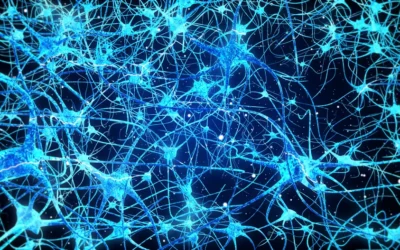
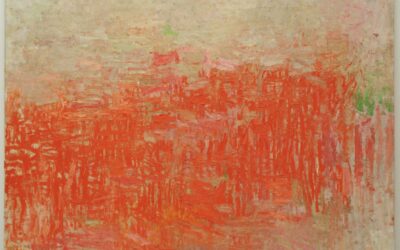
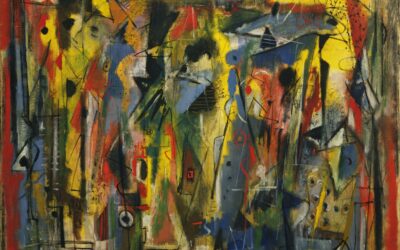




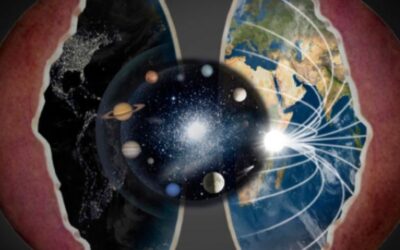
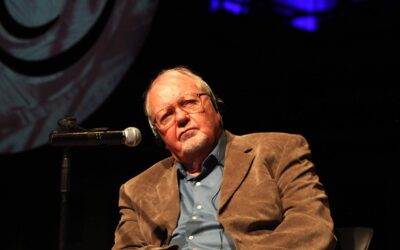
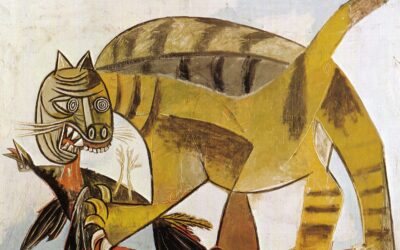
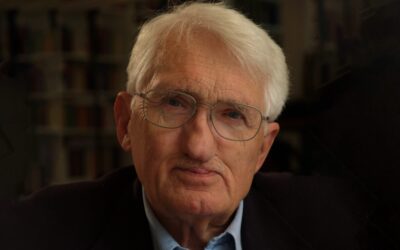
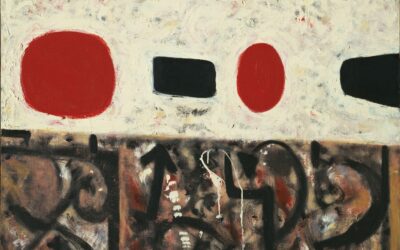
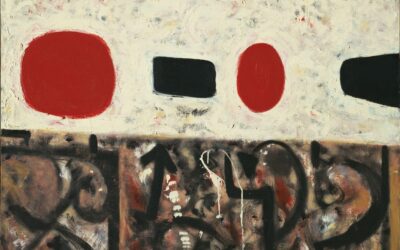
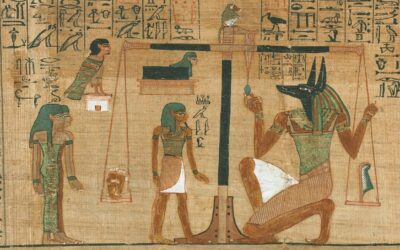
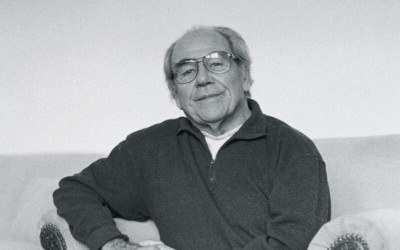
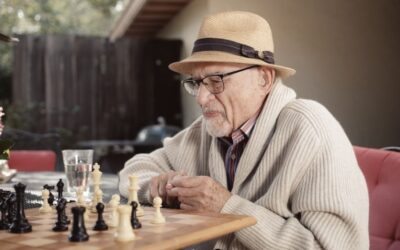
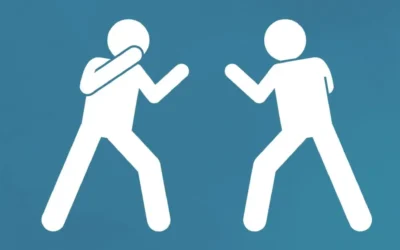


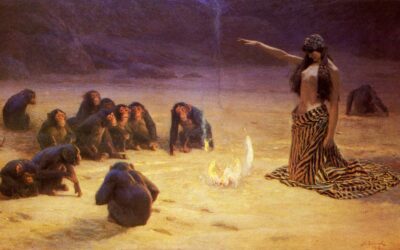
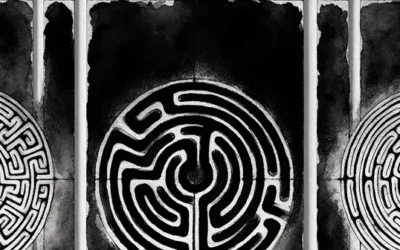

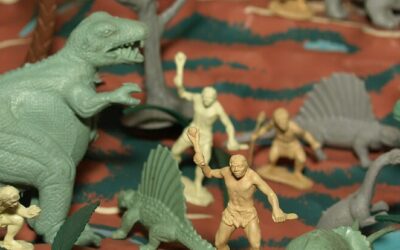
0 Comments